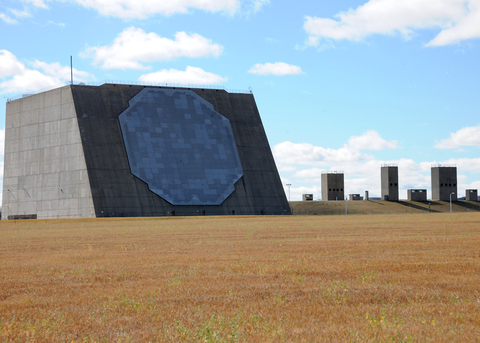SAIC to Modernize U.S. Space Force Ground-Based Radar Maintenance and Sustainment Services
Science Applications International Corp. announced that it has been awarded a $574 million contract with the United States Space Force (USSF) to support its Ground Based Radar Maintenance and Sustainment Services (GMASS).
A complete view of the Perimeter Acquisition Radar building at Cavalier Air Force Station in North Dakota. The building houses the Perimeter Acquisition Radar Attack Characterization System, a vital piece of the national military command system.
A complete view of the Perimeter Acquisition Radar building at Cavalier Air Force Station in North Dakota. The building houses the Perimeter Acquisition Radar Attack Characterization System, a key piece of the national military command system. (Photo: Business Wire)
“SAIC’s continued work with Space Force is a testament to the valuable support we bring to the agency on its modernization journey,” said Michael LaRouche, president of National Security and Space at SAIC. “Our integrated roadmap and work alongside our partners will advance innovation and encourage customer mission success. We look forward to showcasing our comprehensive expertise and capabilities and further aligning to the GMASS key objectives and needs.”
Under the contract, SAIC will provide on-going sustainment and modification of the GMASS Contract-covered systems, including Upgraded Early Warning Radars (UEWR) and the Perimeter Acquisition Radar Attack Characterization System (PARCS) radars and all associated systems and equipment.
In addition to sustaining operational capabilities, the contract will utilize an integrated roadmap to highlight incremental opportunities and areas for innovation to promote backlog items and improve operational efficiencies. Through this work, SAIC will help further modernize critical missile warning and space domain awareness radars for key Space Force missions.
Under SAIC’s leading system integration services and expertise, GMASS provides an opportunity to augment Space Domain Awareness by exploiting the capabilities inherent in ground-based radars to better meet the needs of warfighters to detect, track, and defeat missile threats.

